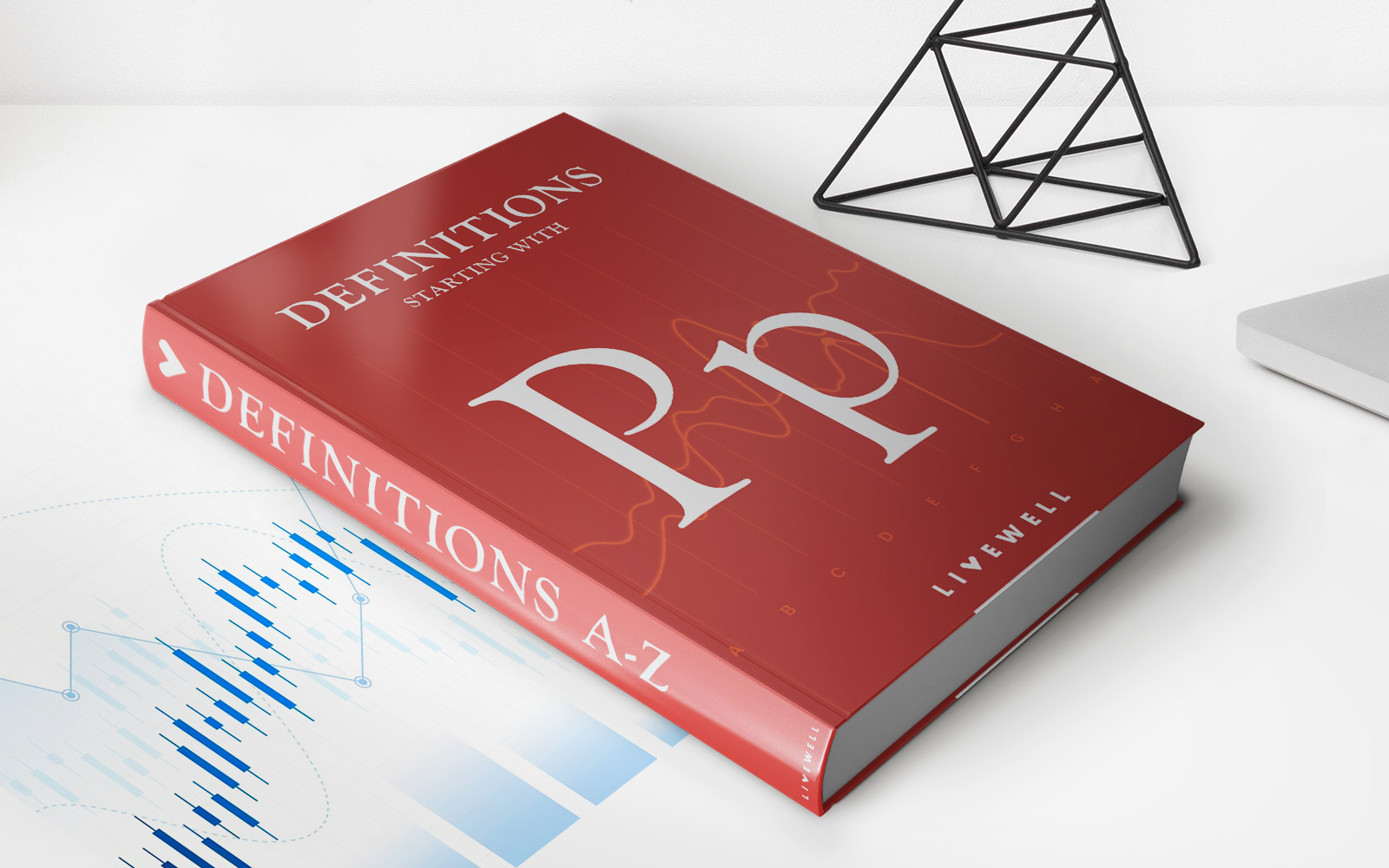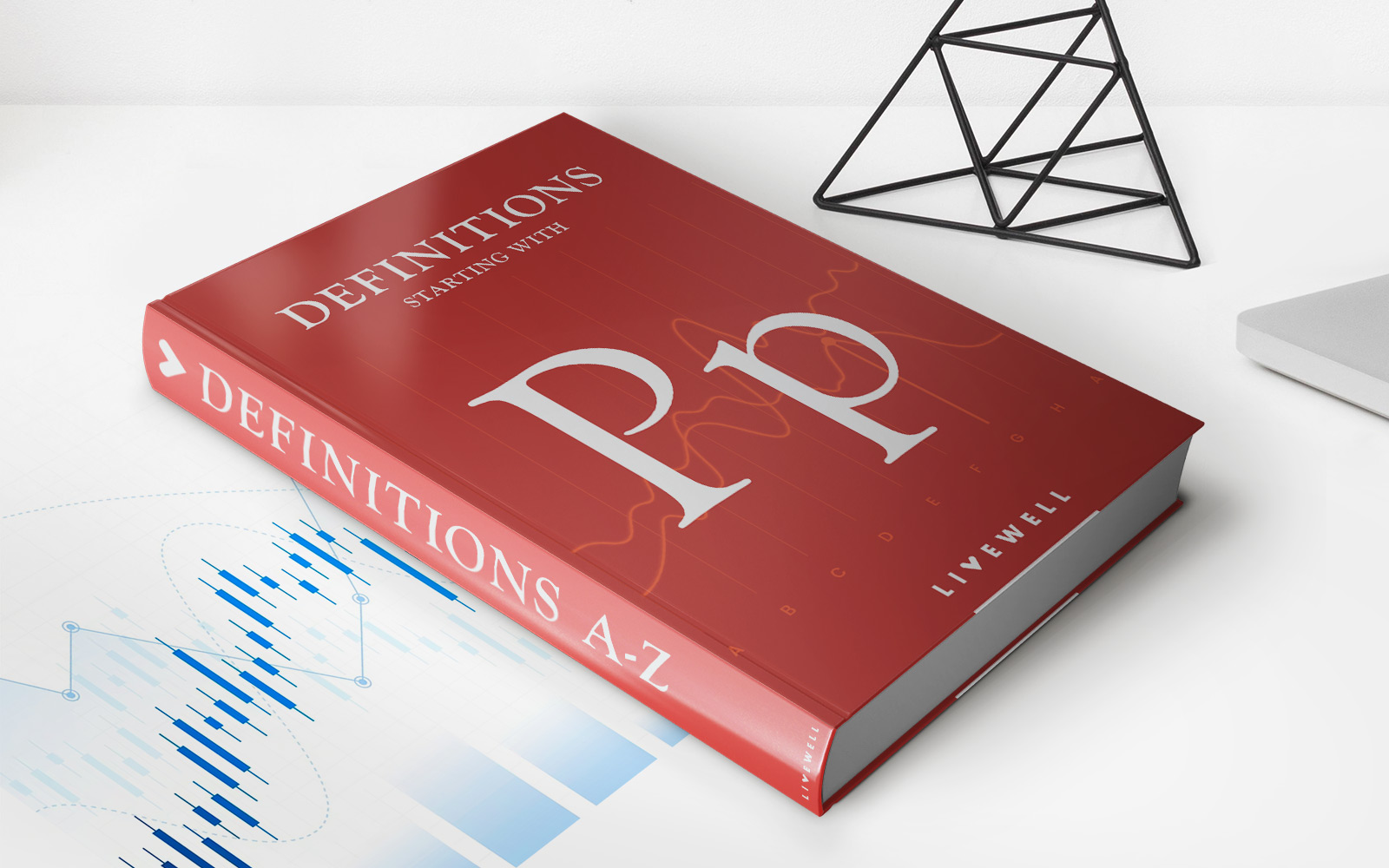

Finance
Bowie Bond: Definition, How It Worked, History
Published: October 18, 2023
Learn about Bowie Bonds in finance, including their definition, how they worked, and their intriguing history.
(Many of the links in this article redirect to a specific reviewed product. Your purchase of these products through affiliate links helps to generate commission for LiveWell, at no extra cost. Learn more)
Bowie Bond: The Innovative Financial Instrument That Changed the Music Industry
When it comes to legendary musicians, David Bowie stands out as an icon who not only left a lasting impact on the world of music but also made waves in the finance industry. One of his groundbreaking contributions was the creation of Bowie Bonds – a unique financial instrument that revolutionized the way artists could monetize their music catalog. In this article, we will dive into the definition of Bowie Bonds, how they worked, and explore their fascinating history.
Key Takeaways:
- Bowie Bonds were bonds backed by the royalty income of David Bowie’s extensive music catalog.
- Investors would receive regular interest payments over a fixed period, while Bowie benefited from a lump sum upfront.
In the 1990s, David Bowie, along with his financial advisor, James E. Osterberg, devised an innovative way to generate immediate capital from his music royalties. This led to the birth of Bowie Bonds in 1997. So, what exactly were Bowie Bonds and how did they work?
Bowie Bonds were asset-backed securities in which Bowie effectively sold the future revenue generated by his back catalog of albums as bonds, offering investors a fixed income stream. The bonds were separated into two tranches, each with a different interest rate and maturity period. The first tranche was worth $55 million and carried a 7.9% interest rate, while the second tranche was worth $100 million with an 8.5% interest rate.
Essentially, the cash flow generated from Bowie’s music royalties served as collateral for these bonds. Investors would receive regular interest payments over the fixed term, typically ten years, while Bowie received a significant lump sum upfront. This allowed him to capitalize on his existing catalog and invest in new projects without having to wait for gradual royalty income to accumulate over time.
The Bowie Bonds were initially rated as investment-grade by Moody’s Investor Services, further validating their potential value. However, as the music industry faced challenges in the early 2000s due to declining CD sales and the rise of online music piracy, the value of the bonds fell. Ultimately, the bonds were downgraded to junk status in 2004, reflecting the changing dynamics of the music industry and the evolving digital landscape.
Despite their eventual downgrade, Bowie Bonds proved to be a pivotal moment in the music and finance industries. They paved the way for other artists to consider innovative financing options and helped change the perception of music catalogs as valuable assets that could be leveraged for immediate financial gain.
The creation of Bowie Bonds shows us a few key takeaways:
- Innovative financing solutions can provide artists with opportunities to monetize their intellectual property.
- The value of music catalogs is not limited to just the revenue they generate; they can be used as collateral for new financial instruments.
In conclusion, Bowie Bonds remain an important chapter in the history of both the music and finance industries. David Bowie’s forward-thinking approach not only transformed how artists approached their finances but also demonstrated the potential for creative solutions within the world of investments. As we look back on this innovative financial instrument, we can appreciate the lasting impact it had on the music industry and the legacy of an unforgettable artist.














